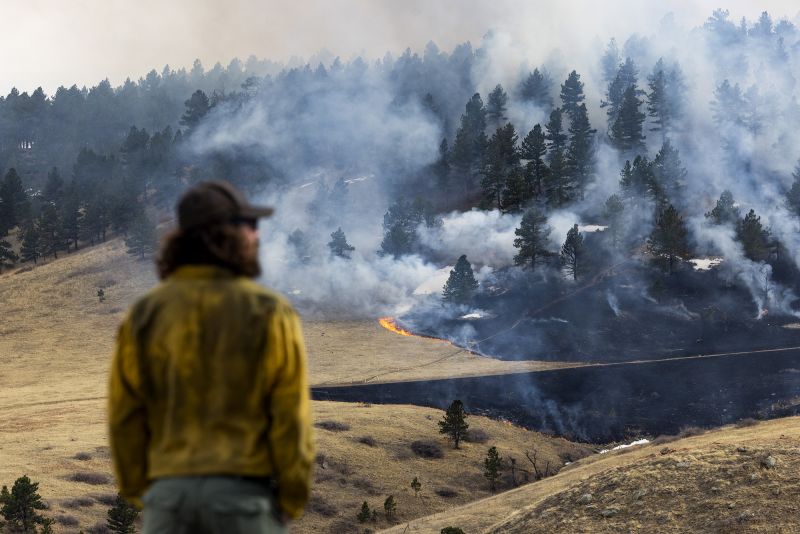Across the globe, the seemingly innocuous plant species, the invasive Wildland Urban Interface (WUI) is increasingly posing a significant wildfire hazard. Characterized by its pervasive nature and ability to thrive in variable conditions, this plant is intensifying the risk of fiery disasters, thereby casting an ominous shadow on the environmental landscape.
To begin with, the Wildland Urban Interface plant is found in infinite quantities in residential and wildland areas. However, the increasingly human-altered landscapes have allowed it to spread beyond its natural limits, leading to overpopulation in certain areas. It now exists in such prolific numbers that it clashes with the surrounding vegetation, creating intense competition for resources such as sunlight, water, and nutrients. When left unchecked, this abundant growth can quickly turn into an all-encompassing, green menace.
The primary concern with this aggregate green element is its sheer flammability. The WUI plant, when in contact with fire, ignites almost immediately, thereby exacerbating the spread of fires due to its high fuel load. The density and continuity of this species across the landscape enable wildfires to rapidly accelerate and maintain their pace, traveling over large areas uninhibited. Consequently, this often results in sizable swaths of vegetation being decimated within a short span, substantially amplifying ecological damages.
Not only does the WUI plant create fuel for wildfires, but it also disrupts local ecosystems. Its invasive nature enables it to outgrow native plants and monopolize resources. Over time, this displacement causes a decline in the native species population as the WUI plant becomes the dominant, and often sole, vegetation type. By reducing biodiversity, the negative consequences ripple across the food chain affecting pollinators, herbivores, and predators which rely on a diversified flora for their survival.
Furthermore, the creeping encroachment of the WUI plant into residential territories raises dire concerns for human safety. Houses and neighborhoods nestled in or near areas dominated by this plant are at elevated risk of being ravaged by wildfires. Extensive loss of property and even life could be ramifications of this burgeoning encroachment.
In addition to its effect on the immediate environment, the abundant release of harmful smoke chemicals during a wildfire also has drastic implications for climate change. The burning of the WUI plant releases massive quantities of carbon dioxide, further worsening the global greenhouse effect. The frequent incidence of large-scale wildfires, fueled by this plant, threatens to exacerbate global warming, consequently disrupting delicate climatic patterns and increasing the severity of extreme weather events.
Efforts must be doubled down to curb the rapid spread of WUI plants. Knowledge about plant control, landscape management, and safer residential planning should be disseminated to prevent catastrophic wildfire incidents. Ideally, initiatives aimed at restoring the native plant species while suppressing the invasive WUI plant could serve dual purposes: minimizing the fuel for wildfires and promoting biodiversity.
In short, the proliferation of the WUI plant is a dynamic and multi-dimensional hazard contributing to an escalating threat of wildfire disasters. This issue bridges the gap between environmental concern and human safety, requiring collective responsiveness at global, local, and individual levels. It’s time we recognize and address this green menace before it spirals further out of our control.




